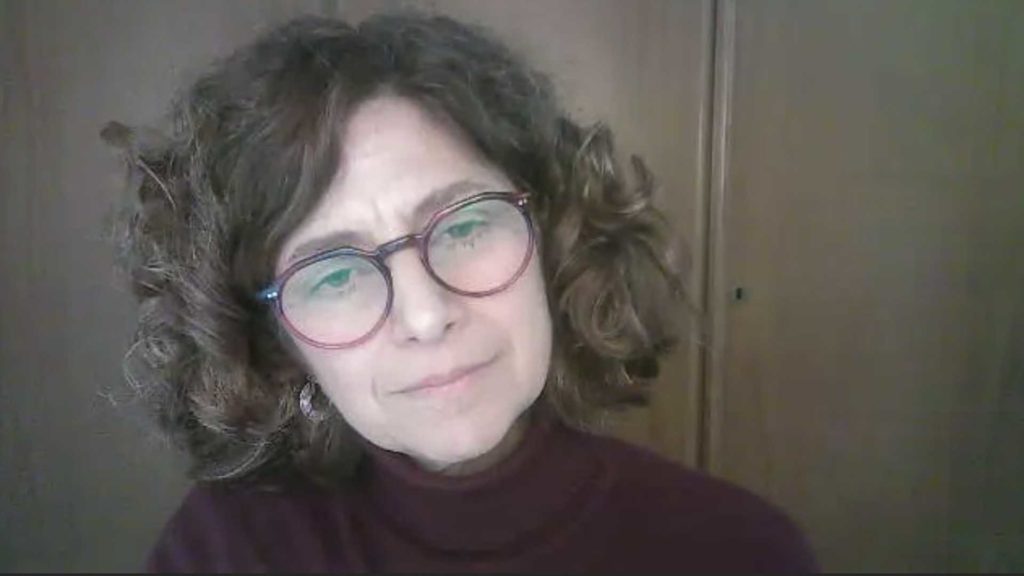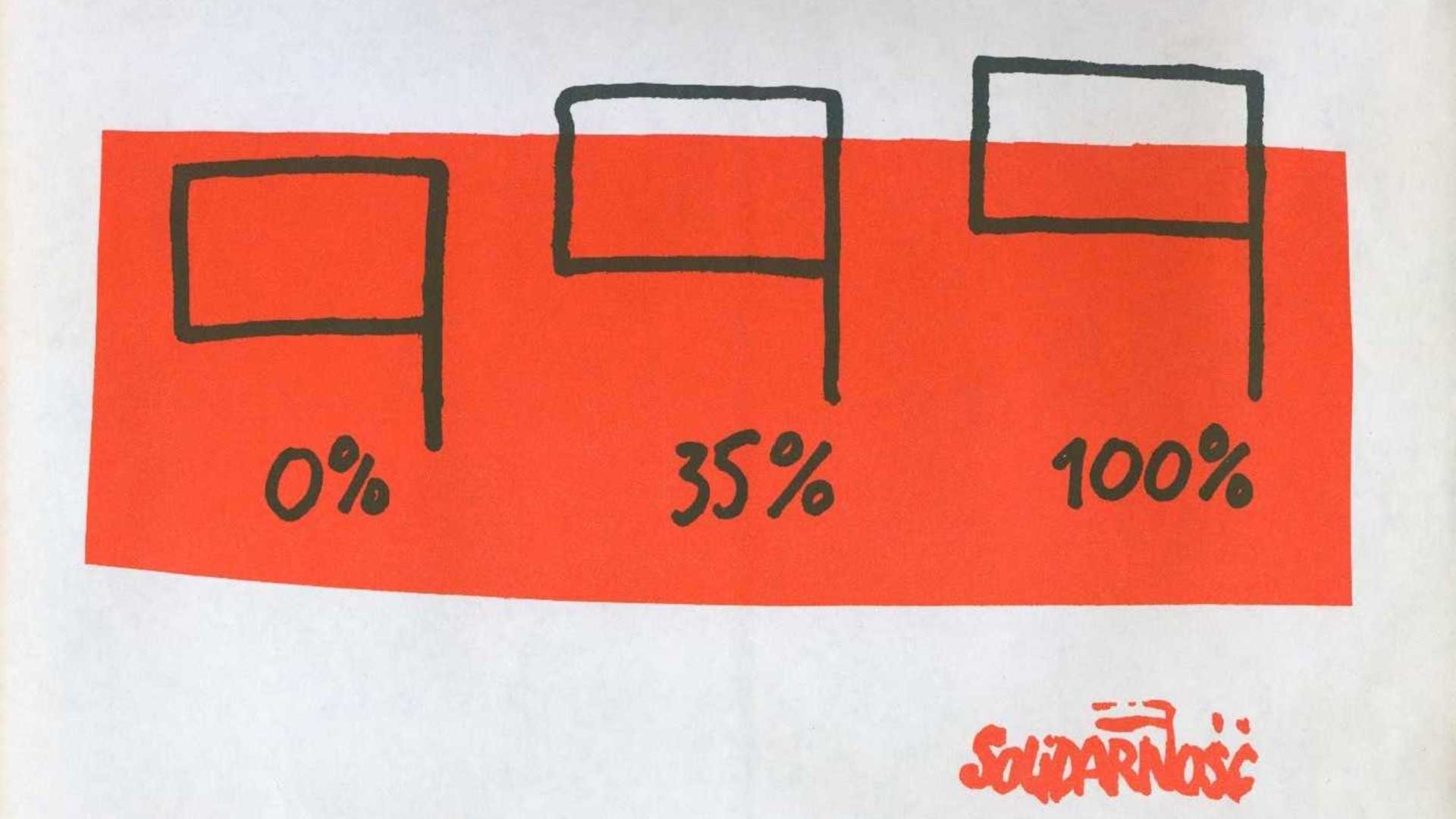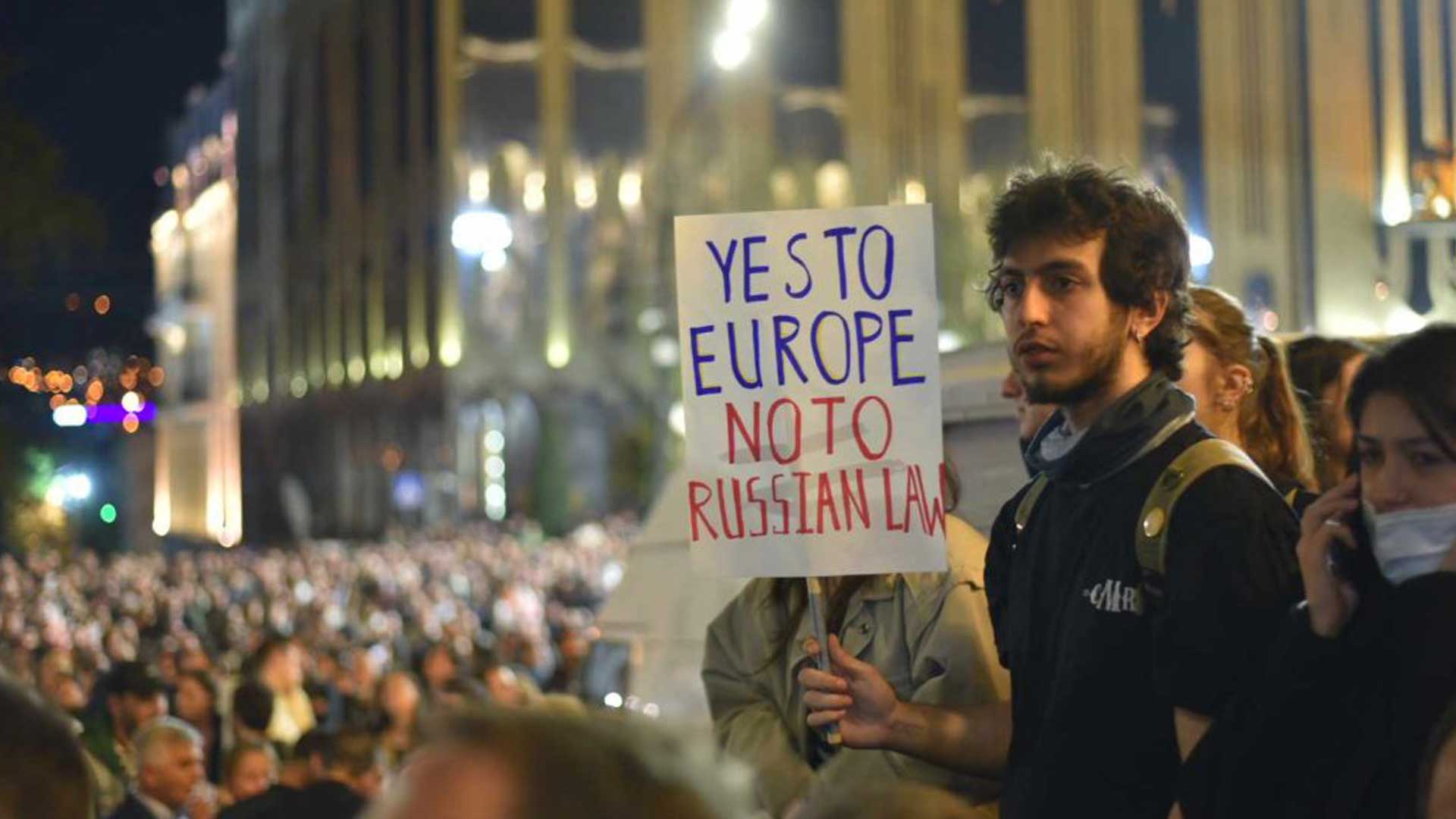EUKIT, the ESCI-UPF Jean Monnet Module on “Knowledge and Innovation for the European Trade Challenges”, organized a talk with Andrea Bianculli to analyze trade and non-trade relationships between Europe and Latin America.
Andrea Bianculli holds a PhD in Political and Social Sciences from the Universitat Pompeu Fabra and is an assistant professor at Institut Barcelona d’Estudis Internacionals (IBEI). She was invited to the EUKIT talk “EU-Mercosur Association Agreement. Will the parties finally attain their goals?” as an expert of Latin America interregionalism.
Firstly, Bianculli explained what Mercosur is and its main differences with the European Union. As she said, Mercosur is a regional integration project that goes back to 1991, at the end of the Cold War and the beginning of Globalisation. Its principal objective was to bring together a common market and insert its countries into the international market. But it also was built upon previous programs that intended to promote integration, cooperation and democracy.
Mercosur established the first democratic clause for a regional organisation in Latin America. Due to the regional historical context –by the creation of Mercosur, some of its countries were recently coming out from dictatorships– the idea of supporting democracy was very relevant. For example, Bianculli explained that one of the reasons why Venezuela was suspended as a member in 2006 was precisely because of this clause.
Nowadays, Mercosur has four members (Argentina, Brazil, Paraguay and Uruguay), one suspended member (Venezuela) and some associate members (Bolivia, Chile, Colombia, Ecuador, Guyana, Perú and Suriname). The main organs of Mercosur are intergovernmental, so the decision-making process is by consensus, and everything has to be negotiated. Bianculli pointed out that the main difference with the EU is that Mercosur has no supranational element. Mercosur remains strictly intergovernmental, and the presidents play a very relevant role within the organisation.
As well as the European Union, Mercosur works to compensate for the existent asymmetries within the organisation. In 2004, to accomplish this, it set up the FOCEM, a structural fund for convergence and development, which also intends to strengthen the structure and integration process of Mercosur. Brazil is the principal provider of this fund, and to some extent, Paraguay seems to be the most benefited member.
Professor Bianculli also spoke about the Association Agreement signed between Mercosur and the EU in June 2019 after a long negotiation process that took 20 years. Bianculli explained the historical relationship background between the EU and Mercosur to understand how the goals and the approach of the two actors changed during the negotiation process.
The most challenging time for the agreement was the interruption of trade negotiations between 2004-2010. To relaunch the negotiations, Spain and Portugal played a key role. Both countries were interested in reestablishing trade conversations because of the historical and cultural common aspects, but also for the economic interests of Spanish and Portuguese companies and investors.
Even if the Association Agreement is signed, it is still pending the ratification of the 27 EU members, the European Parliament, the parliament of each Mercosur member and the organisation Council. This means that the ratification will be another negotiation process where national logics will play an important role and some sensitive issues will be considered, as the environmental agenda.




Leave a message